Review Summary
Expert Rating
Xiaomi’s Redmi Note 10 has been announced in the Indian smartphone market alongside its elder siblings, Note 10 Pro and Note 10 Pro Max (review). I’m already quite impressed with the performance of the Note 10, based on the benchmarks and gaming comparison I had done earlier. The highlight of the device is the new Qualcomm Snapdragon 678 chipset, an impressive design language, and a class-leading AMOLED panel. It’s time to dissect all the aspects of the device in this review of the Redmi Note 10.
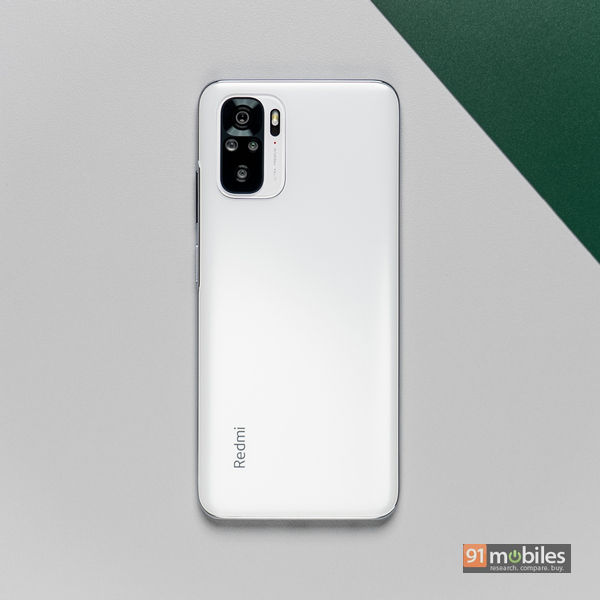
Table of Contents
Verdict
Looking for the best deal under Rs 15,000? Then the Redmi Note 10 should be your top choice. It packs in all the right ingredients, such as a great display, capable processor, splendid cameras, and a lasting battery. Software niggles aside, the Redmi Note 10 has quite simply swept away the competition, at least until we see something from Realme’s camp.
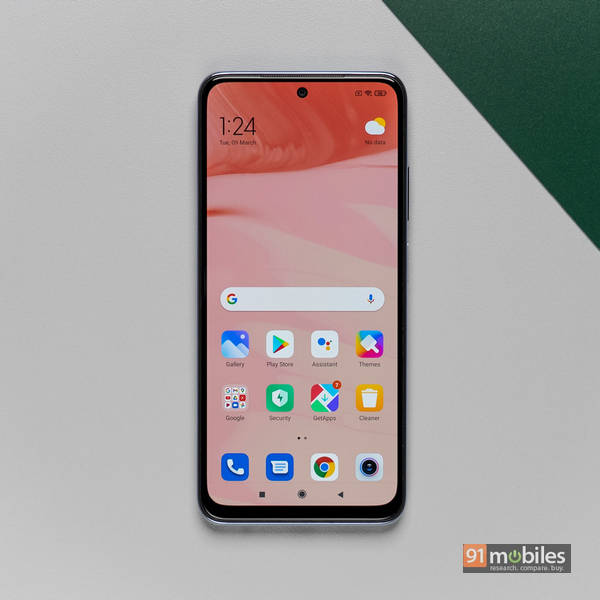
What’s good
- The EVOL design on the Redmi Note 10 series has really won me over. The smooth matte-plastic finish on the back goes really easy on the eyes. The slight curves across the sides slope gently and combine with the glossy metallic frame for a comfortable grip in the palm. I really like the pearlescent-looking Frost White colour scheme, which is all but immune to fingerprints. The quad-camera layout sits nearly flush with the back and the positioning is similar to the Pro versions. Surprisingly the 3.5mm headphone jack, with Hi-res certification, is on the bottom which is definitely a better position for it as compared to the top (as seen on the Pro Max). The build quality seems robust and solid, and yet the phone feels extremely light in the hand (178g). Moreover, the company has provided an IP52 rating for dust and water resistance. The Redmi Note 10 clearly appears and feels like a device that could demand a much higher price tag than its sticker price. Xiaomi hasn’t cut any corners with the phone’s design and I’m going to go so far as to say that the Redmi Note 10 is the best-looking budget phone that I’ve held till now.

- The Redmi Note 10 is also the only phone, apart from the old Galaxy M21, to offer an AMOLED screen in the under Rs 15,000 segment. Like is Pro siblings, the regular Redmi Note 10 also boasts of an FHD+ (2,400 x 1,080) panel that has a 100 percent coverage of the DCI-P3 Wide Color Gamut, and a minuscule punch hole at the top. While the 6.4-inch display is restricted to 60Hz in terms of refresh rate, the colour accuracy and dynamic range is impeccable. You can always customise the colour profiles, but I feel the default settings are good enough for any kind of viewing. HDR10 certification is understandably absent from the device, but WideVine L1 gives you access to HD content on OTT platforms. The Redmi Note 10 also boasts of nearly 1100 nits of screen brightness, which makes outdoor viewing in harsh sunlight a piece of cake.
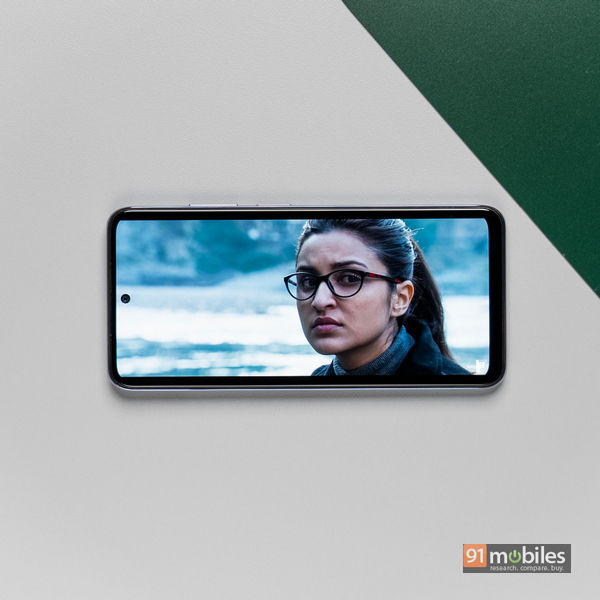
- Xiaomi has used the 48MP Sony IMX 582 sensor for the primary camera in Redmi Note 10’s quad-camera setup. The rest of the sesnors include an 8MP ultra-wide, a 2MP macro shooter, and a 2MP depth sensor. The company has been consistent with its camera performance over the years and that has clearly carried over to the Note 10 as well. Looking at the pictures shot using the phone, the colours look bright and punchy with a hint of oversaturation. Dynamic range is excellent for a budget smartphone with the lens getting the blues in the sky well even during overcast weather. Detailing is on point for brightly-lit scenarios and the sensor handles exposure well. Impressively enough, the colour temperatures are maintained quite well with the ultra-wide sensor.
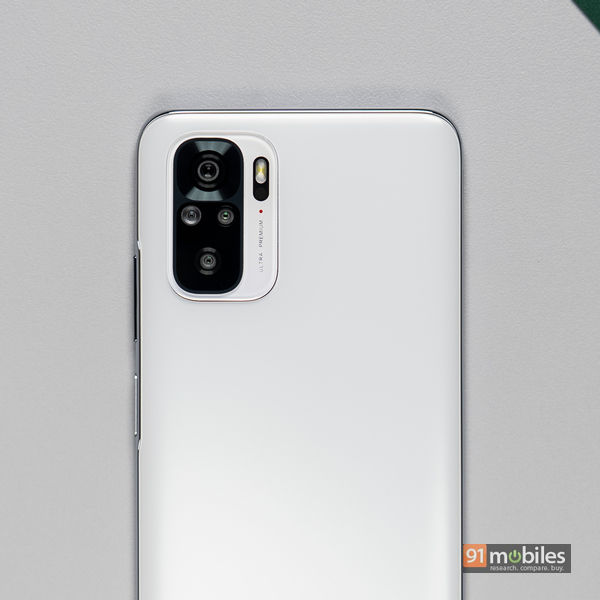
- The Night photography is decent on the Note 10, though I would have liked the focusing to be slightly faster. You do get a dedicated Night Mode which does a splendid job of retaining shadows and brings considerable exposure to the subject. The selfie camera is a 13MP shooter which focuses on oversharpening the face a lot, although it does maintain a constant dynamic range. Skin tones are a hit or miss, but the portrait mode is quite good.
- Performance-wise, you get the new Qualcomm Snapdragon 678 chipset which is made using an 11nm fabrication process, and utilises the Cortex A75 and A55 cores at 2.2GHz and 2GHz respectively. On top of that, you also get the new Adreno 612 GPU which boasts an 800MHz clock speed. I have covered the gaming and benchmarks aspect of the phone in this comparison here. In short, the CPU-intensive tasks are performed exceedingly well, and this includes anything from multi-tasking to running several apps side-by-side or shifting through numerous Chrome tabs. The UFS 2.2 storage offers fast read and write speeds, while the 6GB RAM variant does help in running quite a few apps in the background.
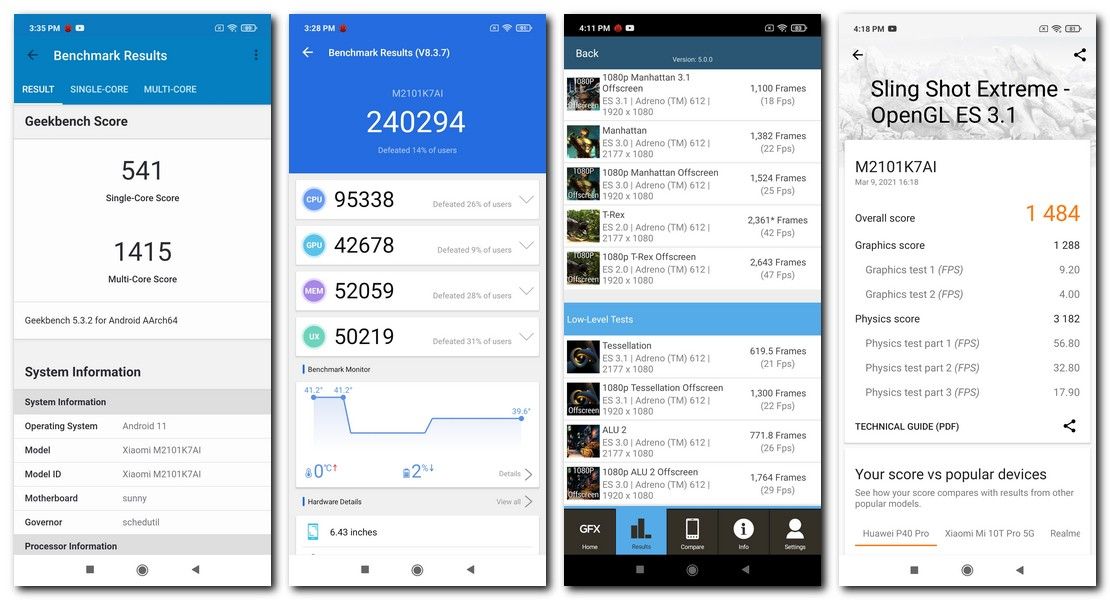
- The fingerprint reader on the side, and the face unlock work exceedingly well. You also get stereo speakers which sound decent at best, though for the price you can’t expect much better. The earpiece quality and microphone worked as expected and I did not face any troubles with the 4G connectivity on Jio’s Noida circle.

- The phone ships with MIUI 12 that is based on Android 11.
- You get a 5,000mAh battery that has support for 33W fast charging. Having a standard 60Hz refresh rate panel does help in this regard as the phone lasts considerably longer. Getting through a day of work was not a problem at all. In fact, I got 6-7 hours of screen-on-time. The battery loop test also returned 27 hours which is in the acceptable range. Thanks to the 33W charging speeds, the phone juices up to 50 percent battery levels in about half an hour, while the full charge is done in about 90 minutes.
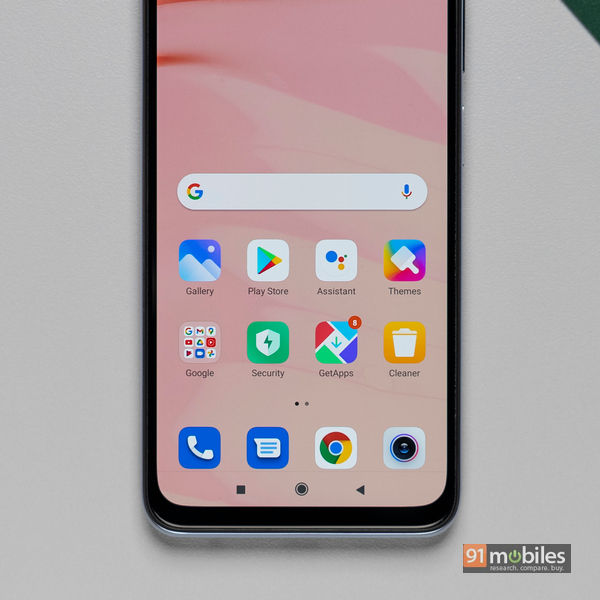
What’s not so good
There are not too many things I dislike about the Redmi Note 10, since the device has crossed its T’s and dotted its I’s well, so to speak. However, no phone is perfect and there are some aspects that do appear as niggles.- The base price of Rs 11,999 will get you the 4GB RAM and 64GB storage version which does seem a little basic in this day and age.

- The haptics leave a little something to be desired, with the motor making a jarring sound during each tap on the screen.
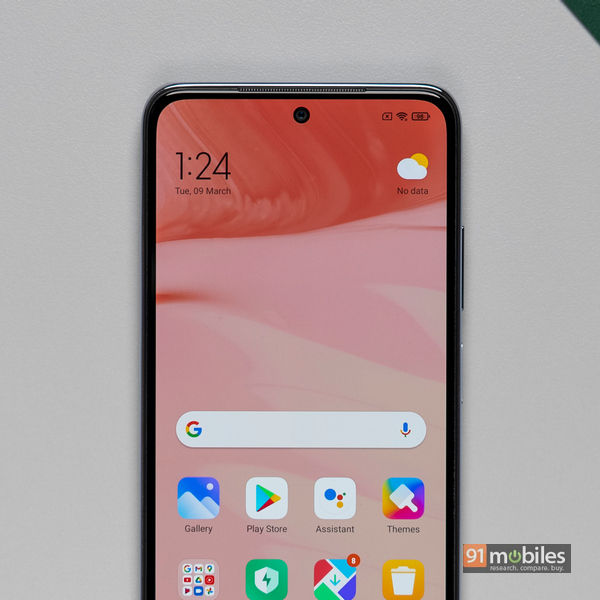
- During low-light photography, the exposure cannot be controlled manually via a slider, as is common in many smartphones. The sensor needs to focus on an area after a long press and even then the slider does not appear at all sometimes.

- The 2MP macro sensor is there mostly for padding up the camera system. Its output lacks detail that was present quite prominently in the Pro Max, while the distance of focus is also more at 4cm.
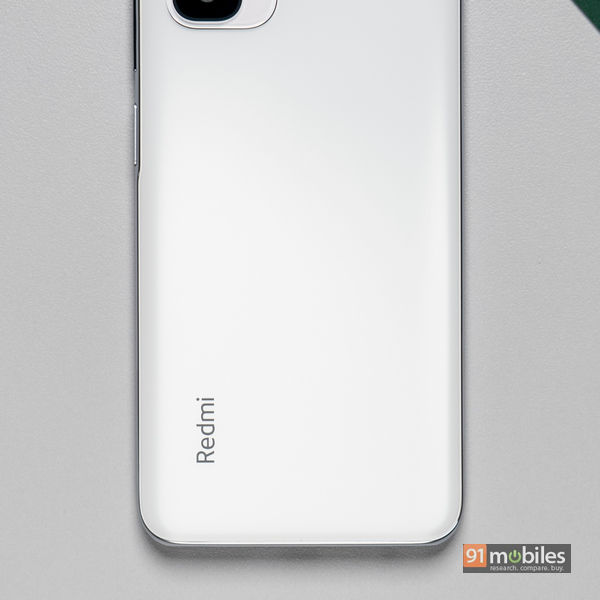
Final Verdict
Any complaints I have about the Redmi Note 10 are just small issues from what I consider a largely flawless device. Xiaomi has delivered perhaps the best budget smartphone that I have seen in quite a while. A+ design? Check. Excellent cameras? Check. Processing prowess? Check. Battery needs satisfied? Check. Stunning AMOLED panel? Check. I find it hard to recommend another smartphone under the Rs 15,000 bracket right now and for good reason. The Redmi Note 10 is budget perfection, and as such the ball is now in Realme’s court to deliver a worthy competitor.
Editor’s rating: 4 / 5
Pros
- Best-in-class display
- Cameras are quite good
- Amazing design
- Fast performance
Cons
- Macro shooter is not good enough
- Poor haptics

|
Rs. 13,999.00
|
Go To Store
|
 Xiaomi Redmi Note 10
Xiaomi Redmi Note 10
|
vs |
 realme Narzo 20 Pro
realme Narzo 20 Pro
|
 Xiaomi Redmi Note 10
Xiaomi Redmi Note 10
|
vs |
 Samsung Galaxy M12
Samsung Galaxy M12
|



















